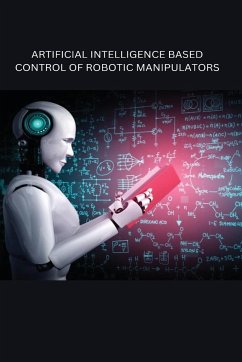The robotic manipulators have become the integral part of various application areas such as industries, healthcare, nuclear plants and space etc. The significant advantages of these systems are precise and fast positioning. For the precise motion control, it is essential to effectively control the end-effector of these plants. The robotic manipulators are multiinput multi-output (MIMO), highly coupled, highly nonlinear and uncertain systems. The performance of these systems is influenced by the various uncertainties such as parameter variations, external disturbances, external noises and payload variations. The conventional proportional-integral-derivative (PID) controllers are not quite tractable for such mentioned complexities. Therefore, the demand of high precision control in the different fields has necessitated the use of intelligent control techniques. For designing any control scheme, it is necessary to obtain an accurate mathematical model of the plant under consideration. In this thesis, the different variants of two-link rigid planar robotic manipulators have been considered.








